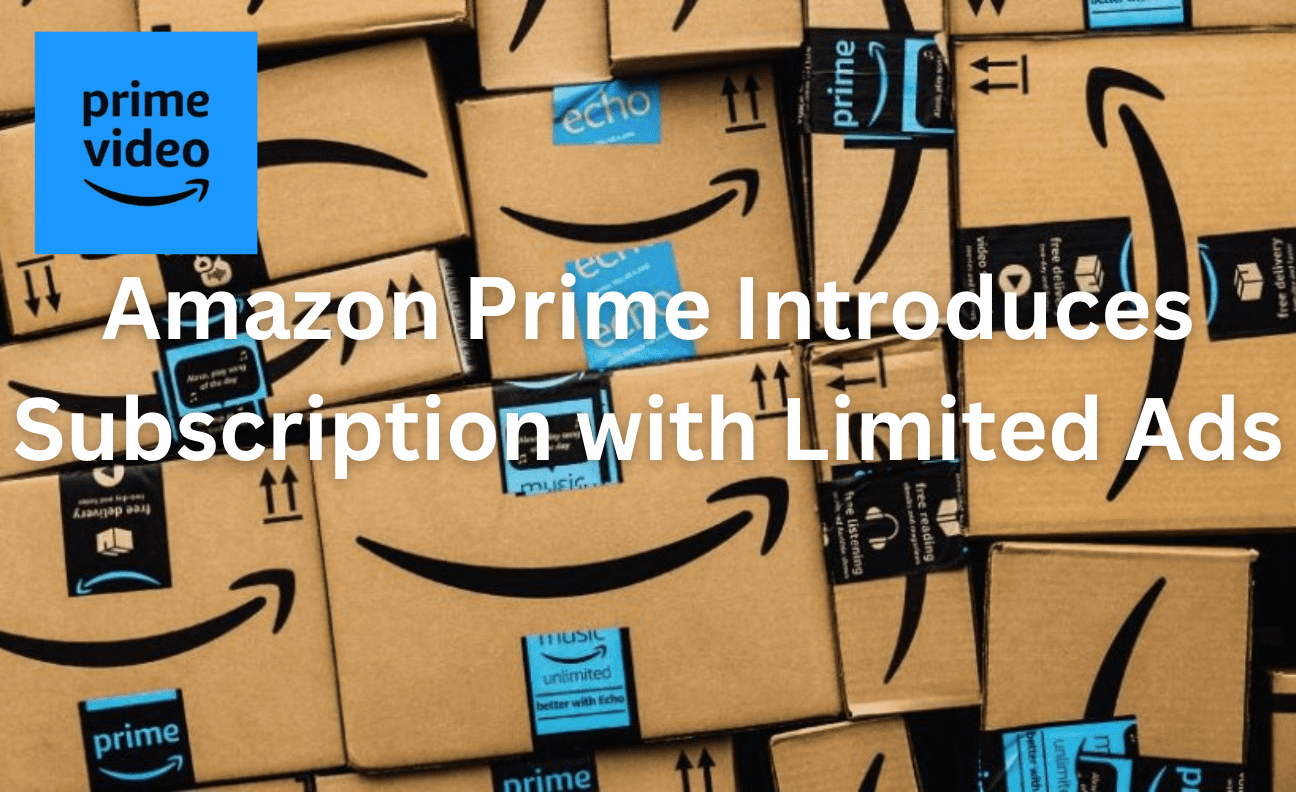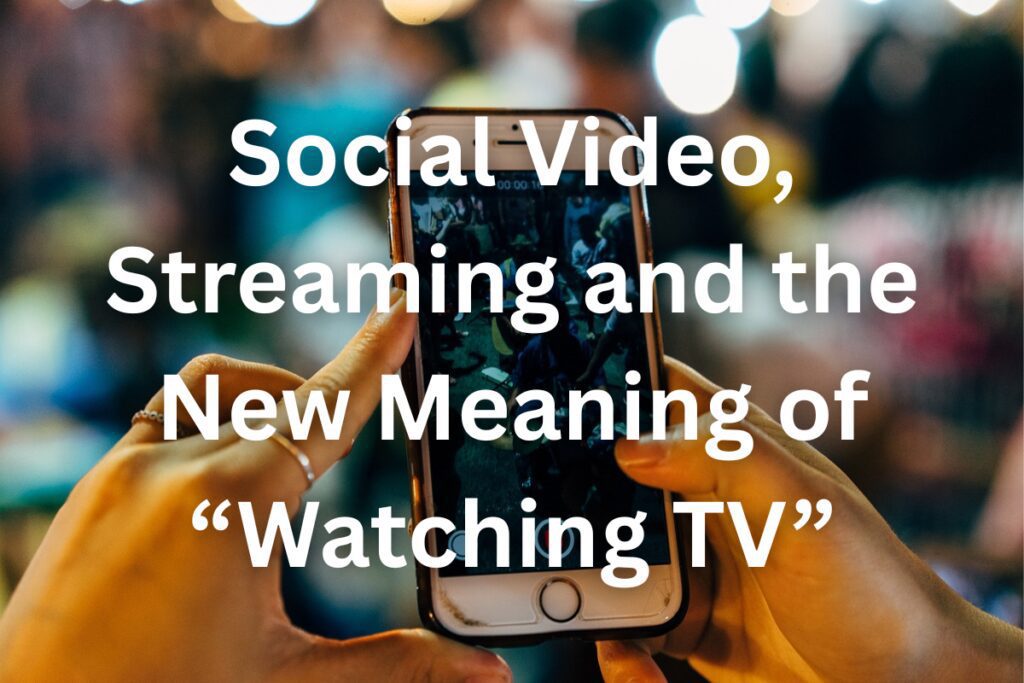In a strategic manoeuvre to stay ahead in the fiercely competitive world of streaming services, Amazon Prime has announced the introduction of a second-tier subscription, slated to take effect from February 5th of this year.
This move will introduce “limited” advertisements, a groundbreaking shift for the streaming giant. Subscribers in the United Kingdom and Germany will have the option to pay an additional £2.99 per month to enjoy an ad-free experience.
This decision comes as Amazon Prime faces increasing pressure from rivals, like Netflix and Disney, who have already offered cheaper ad-supported options to lure more customers into their fold.
The Amazon Prime Paradigm Shift
In an email recently dispatched to its customers, Amazon Prime outlined the rationale behind this bold move. The tech behemoth stated that this new tier will enable them to continue investing in compelling content and sustain these investments over the long term.
They also made it clear that their intention is to have meaningfully fewer ads compared to ad-supported TV channels and other streaming providers. Furthermore, Amazon Prime customers can breathe easy for now, as there is no immediate action required, and there won’t be any changes to the current Prime membership price.
‘That membership you already pay for is now gonna have ads unless you give us more money then we’ll take them back off’ … The world is a scam. #AmazonPrime pic.twitter.com/EwZJ748Xsi
— Brad🤘🏻🏴 (@Waglaa95) January 3, 2024
A New Offering: Ad-Free Option
In a bid to provide flexibility and cater to the diverse preferences of their user base, Amazon Prime will also introduce a new ad-free option, available for an additional £2.99 per month.
This alternative empowers subscribers to enjoy uninterrupted streaming without advertisements, further enhancing their viewing experience.
Mixed Reactions from Amazon Prime Users
An October 2023 YouGov poll conducted shortly after Amazon’s initial announcement to charge for an ad-free experience found that the majority of Amazon Prime users already felt inundated by ads.
This revelation indicates that while some may appreciate the choice Amazon Prime is offering, others may be deterred by the mere prospect of advertisements creeping into their streaming paradise.
I’m so upset with #AmazonPrime for adding ads on PrimeVideo. Seriously, what was the reason & wasn’t that the reason we all subscribed?
— Cιʅʅα (@Cillageee) January 7, 2024
Prime Membership: More Than Just Streaming
It’s essential to remember that an Amazon Prime membership offers more than just video streaming. It includes perks like expedited delivery, exclusive deals, and access to a plethora of additional services.
However, the question now remains: will the introduction of limited ads be a breaking point for Prime users, prompting them to abandon the service? Only time will tell whether these changes will significantly impact the customer loyalty of the Prime user base.
Rival Strategies and Financial Implications
Amazon Prime’s decision to introduce limited ads follows the footsteps of streaming rivals Netflix and Disney, both of which have previously offered their own versions of cheaper, ad-supported options on their respective platforms.
Therefore, this competitive landscape emphasises the importance of providing choice to consumers and adapting to their preferences.
Additionally, the £2.99 monthly fee for an ad-free experience could have significant financial implications for Amazon Prime. The revenue generated from this new tier could potentially offset the costs of content production and licensing, ultimately ensuring a sustainable and competitive streaming platform.
@pchaxwithmax Netflix’s new ad supported tier is officially here #tech #techtok #technology #technews #techworld #news #netflix
♬ Blade Runner 2049 – Synthwave Goose
The Future of Streaming
As Amazon Prime enters this new era of advertising-supported content, it remains to be seen how these changes will influence the streaming industry as a whole.
It may set a precedent for other streaming services or ignite further innovations and adaptations within the sector.
Conclusion
Amazon Prime’s decision to introduce a second-tier subscription with limited adverts is undoubtedly a bold move in the ever-evolving streaming landscape.
While it may be met with mixed feelings among subscribers who have grown accustomed to an ad-free experience, it demonstrates Amazon’s commitment to investing in top-tier content and securing their position in the market.
Whether this gamble pays off and convinces users to embrace the change, or leads to a shift in the streaming landscape, remains a tantalising question. In the end, only time will reveal the true impact of this significant shift in the world of streaming services.









